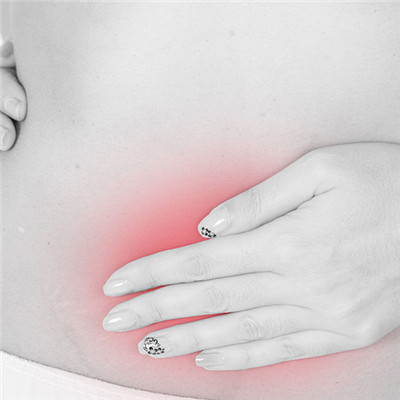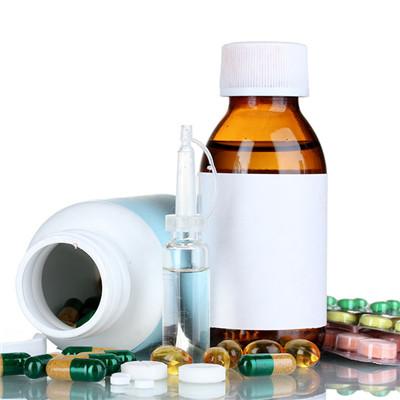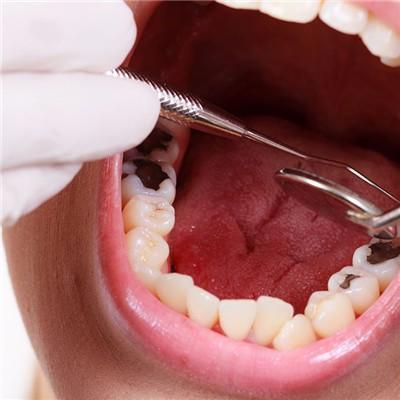Symptoms of human gas poisoning
summary
After inhaling irritating harmful gas, the main manifestations of gas poisoning are irritation symptoms of eyes and upper respiratory tract and respiratory dysfunction, which often endanger life. Phosgene and chlorine poisoning often lead to rapid death, and the severity of symptoms is closely related to the physical and chemical properties, concentration and contact time of inhaled gas. Let's talk about the symptoms of human gas poisoning.
Symptoms of human gas poisoning
1. Eye and upper respiratory tract symptoms are mostly caused by high water-soluble irritant gas. Immediately after inhalation, there are eye pain, tears, photophobia, blurred vision, dry throat and nose, pharyngeal pain, laryngeal edema, salivation, hoarseness, irritating cough, expectoration, chest tightness, palpitation, dizziness, fatigue and other symptoms. Chronic rhinitis, bronchitis, asthma, hypoolfaction and other symptoms can be caused by long-term repeated inhalation of low concentration of irritant gas.

2. Toxic pneumonia is mostly caused by low water soluble irritant gas. In addition to irritating symptoms of eyes and upper respiratory tract after inhalation, the main manifestations of gas poisoning are chest tightness, suffocation, shortness of breath, chest pain, severe cough, expectoration, sometimes with blood in the sputum. Such as inhalation pneumonia caused by gasoline inhalation, chest pain is particularly prominent, lasting for 4-5 days. The total number of leukocytes and neutrophils in peripheral blood increased. X-ray chest film showed thickening of lung texture, patchy or miliary shadows on both lower lungs, and irregular edges.

3. Toxic pulmonary edema and ARDS are the most serious respiratory symptoms in patients with toxic pulmonary edema and ARDS irritant gas poisoning. The latter is developed from the former. After inhaling high water-soluble irritant gas, the symptoms and signs of pulmonary edema will appear at any time when the irritation symptoms of eyes and upper respiratory tract appear, and then ARDS can develop. If inhaled low irritant gas, the immediate eye and respiratory tract irritation symptoms are lighter, the symptoms relieved or disappeared after leaving the environment, but after a few hours or dozens of hours, the condition suddenly increased, and there were chest tightness, cough, dyspnea, cyanosis, irritability, and pink phlegm sputum. And then evolved into ARDS, if not timely rescue. Can be life-threatening due to respiratory failure. In the early stage of chest X-ray, the lung texture was fuzzy, with extensive reticular or scattered miliary shadows. With the development of the disease, there are large uniform high-density shadows, or patchy shadows with different sizes, uneven density and fuzzy edges, and a few are butterfly wing shadows.

matters needing attention
Chronic poisoning and poisoning mentioned above are not the same concept.












